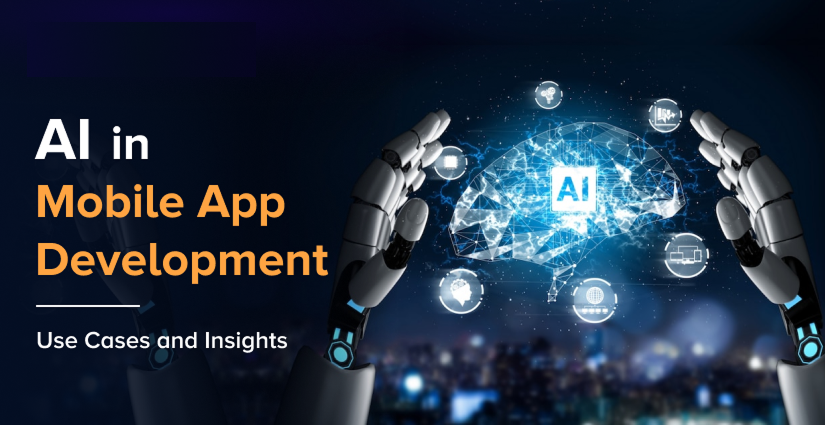How Generative AI Is Reshaping Mobile App Development from Backend to UI
Mobile app development is going through its biggest transformation since the launch of the App Store. The catalyst? Generative AI.
We’ve moved past AI as a “nice-to-have” feature today; it’s redefining how apps are planned, built, tested, and experienced.
From backend architecture to the smallest UI element, generative AI is becoming a co-creator in the process.
Let’s break down where the biggest shifts are happening.
Backend: From Code Generation to Intelligent APIs
Generative AI isn’t just speeding up backend work; it’s making it smarter.
- AI-Assisted Coding
Tools like GitHub Copilot and Replit Ghostwriter can write boilerplate code, API endpoints, and even optimise database queries. Developers now spend less time on repetitive coding and more on logic and architecture. - On-the-Fly API Creation
LLM-powered tools can generate API wrappers, connect to third-party services, or create mock servers for rapid prototyping. - Automated Data Modeling
AI can suggest data schemas and even predict future database needs based on app requirements, reducing costly redesigns.
Impact: MVP backends can now be built in days, not weeks.
Frontend: Dynamic, AI-Generated UI
The UI is no longer static; it’s adaptive and intelligent.
- AI-Generated Components
Tools like Galileo AI can generate React Native screens from text prompts, turning “I want a booking screen” into production-ready code. - Context-Aware Interfaces
Apps can now adapt layouts and themes in real time based on user behaviour, accessibility needs, or device context. - Personalized Design Elements
Generative AI can create custom illustrations, icons, and animations at scale—matching brand guidelines automatically.
Impact: Design cycles are shrinking, while personalisation is growing exponentially.
Testing: From Manual Cases to AI-Driven QA
Testing used to be a bottleneck. Now it’s a continuous, AI-assisted loop.
- Automated Test Case Generation
AI reads requirements or code and generates unit, integration, and UI tests instantly. - Bug Prediction
ML models flag areas of the code most likely to fail before deployment. - Intelligent UI Testing
Computer vision detects layout issues and accessibility problems without human input.
Impact: Faster releases with fewer post-launch surprises.
User Experience: AI as a Co-Pilot Inside the App
Generative AI isn’t just shaping how apps are built; it’s reshaping how they’re used.
- In-App AI Assistants
From shopping co-pilots to healthcare symptom checkers, AI can answer, guide, and act within apps. - Content Generation for Users
Apps in education, design, or productivity can let users create text, images, or even mini-apps directly inside the platform. - Predictive Personalization
Apps can anticipate needs, offering the right feature, content, or offer at exactly the right time.
The New Mobile Dev Stack in the Age of GenAI
| Layer | AI Impact |
|---|---|
| Backend | Code gen, intelligent APIs, automated data modeling |
| Frontend | Prompt-to-UI generation, adaptive layouts |
| Testing | Auto test generation, bug prediction |
| UX Layer | In-app assistants, predictive personalization |







